Should I Mist My Happy Plant? Unpacking the Benefits and Myths
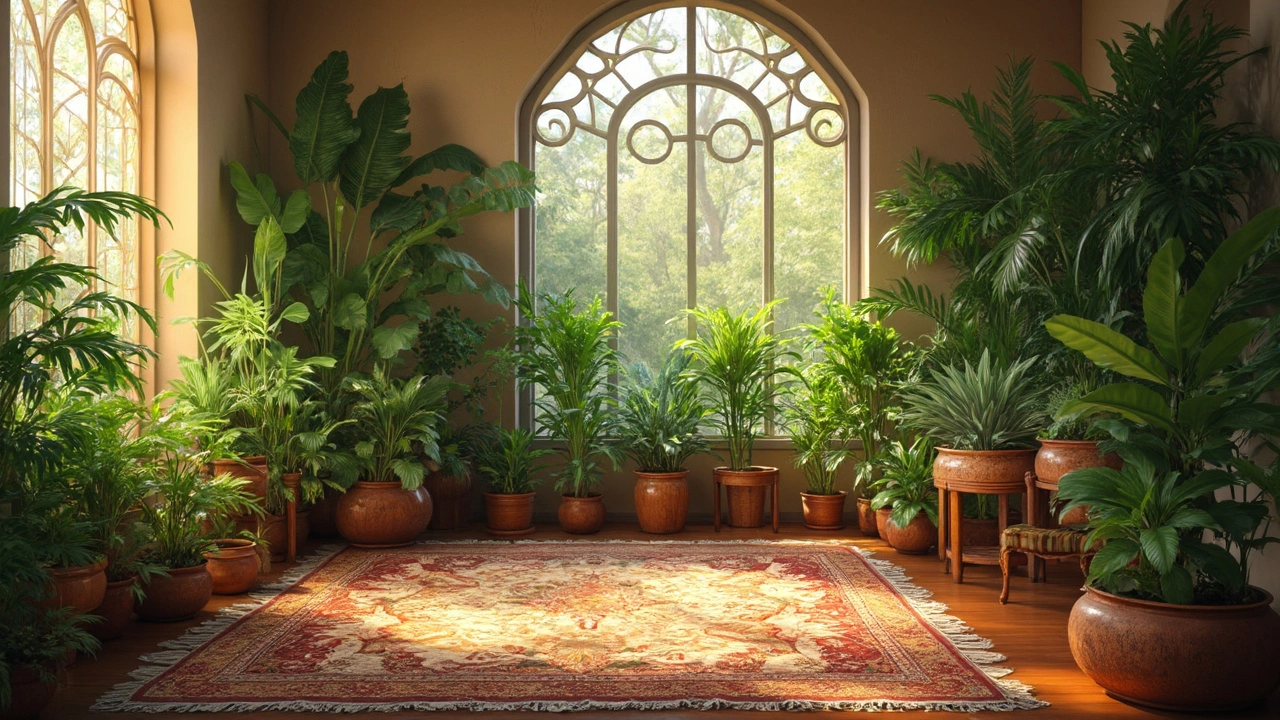
Should I Mist My Happy Plant? Unpacking the Benefits and Myths
So, you're staring at your leafy buddy, spritz bottle in hand, wondering if today's the day for a misting session. It sounds like a good idea, right? After all, a little extra water in the air can't hurt. But hang on a sec, before you unleash a bottle's worth of H2O fury, let's talk about what's going on here.
The first thing to know is that not all plants are created equal when it comes to misting. Some plants, like ferns and calatheas, love the added moisture because it mimics their natural, humid environments. Think of it as a tiny rainforest spa for them. But others, like succulents or any plant with fuzzy leaves, might rather dodge the droplets altogether.
Getting the misting routine wrong can lead to more issues than benefits, like unwanted fungus or the dreaded root rot. It's not all gloom and doom, though. If you're set on misting, there are tricks to get it right—like the time of day and whether your plant actually needs it. Understanding what your plant pals crave can turn your home into a green paradise without any drama.
- Why Misting Matters
- Common Mistakes in Misting
- Alternative Ways to Boost Humidity
- When to Skip the Misting
Why Misting Matters
Misting can be a total game-changer for certain indoor plants that appreciate a boost in air moisture. If you've got plants that hail from the tropics, like ferns, peace lilies, or calatheas, they thrive on that little extra humidity to mimic their natural environment. Imagine being in a sauna—that’s the kind of feeling they crave! Misting mimics dew, and while it doesn't drastically change humidity levels, it can make a world of difference in how your plant feels.
But misting isn’t just about making your leafy friends feel at home. It can help keep leaves clean and free from dust. This is especially useful for broad-leaf plants, which can collect quite a bit of grime that blocks sunlight— you don't want your plant wearing a dirt blanket, right?
Here's a fun fact: in a typical home, especially during winter with the heaters cranked up, humidity levels can drop to a desert-like 10%. That's a far cry from the lush environment many plants love. So, a mist here and there can help bridge that gap a bit, even if you're just tackling it one mist at a time.
For best results, aim to mist your plants in the morning. This gives the leaves time to dry out during the day, reducing the risk of fungal issues. Use clean, room-temperature water, and give a couple of spritzes a few times per week. If your plants look perky and happy, you're doing it right!
Common Mistakes in Misting
Alright, let’s get into the nitty-gritty of what you might be doing wrong when misting your beloved indoor plants. It's easy to slip up, especially with all the mixed advice floating around out there. Here's the lowdown on some common pitfalls.
First off, misting at the wrong time of day can cause issues. Spraying your plants late in the day? Bad move. Leaving your plants damp overnight means they're more likely to develop mold or fungal problems. Instead, aim to mist them in the morning, giving them time to dry out as the day goes on.
Next up: over-misting. More water equals happier plants, right? Nope. Showering your plants with too much love (and water) can lead to issues like soggy soil and, you guessed it, root rot. Your indoor plants might not handle daily soakings as well as you'd think. It’s all about balance, so consider a couple of times a week or less, depending on the plant.
Another blunder is misting the wrong plant care candidates. Not every green friend appreciates a spritz. For example, succulents, which are kings of dry and arid lands, will sulk if continually misted. Stick to plants that love humidity like your tropical varieties.
Lastly, ignoring the overall environment your plant is in. If your home's air is already humid, misting might not be necessary at all. In fact, you could do more harm than good. Keep an eye on how your plant reacts. It's usually pretty good at showing whether it's happy with the current setup or not.
By dodging these plant care faux pas, you'll create a more nurturing environment tailored to what your plants actually need, not what you assume they crave. Keep it simple and listen to your plants—they usually have the best advice.
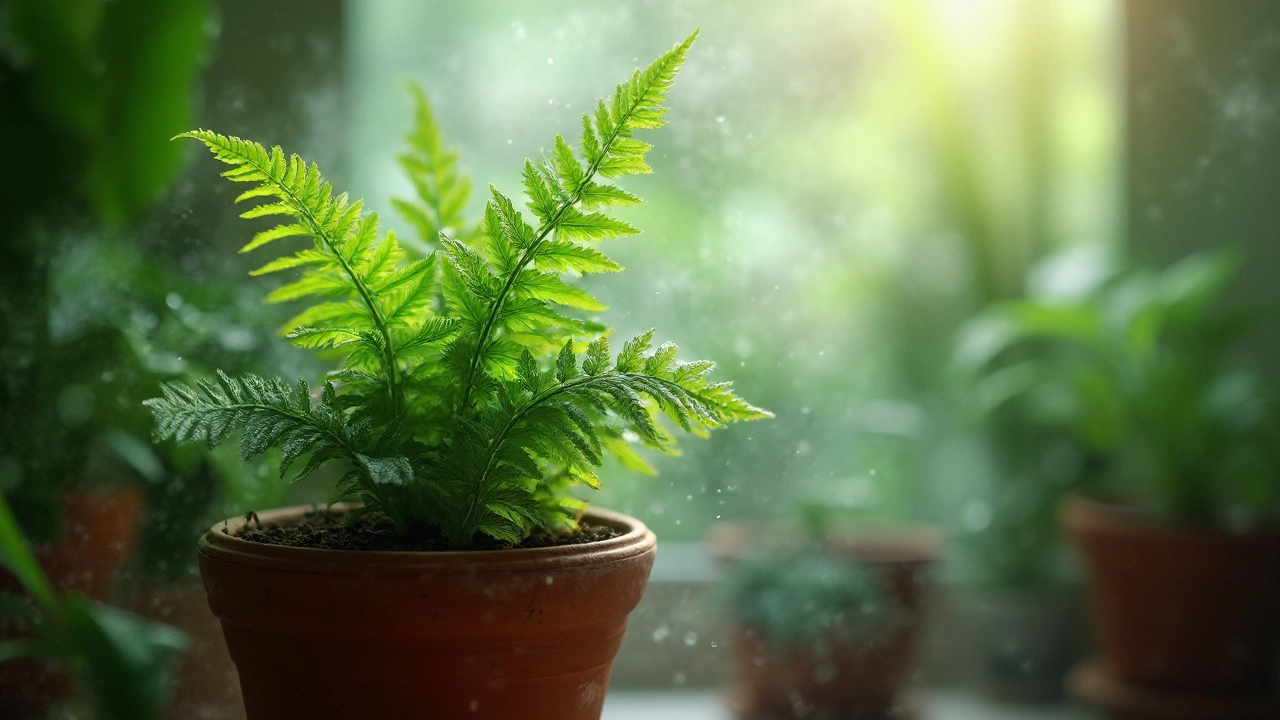
Alternative Ways to Boost Humidity
If misting isn't your jam, or you're worried about overdoing it, don't stress. There are other cool ways to keep your indoor jungles thriving without ever picking up that spray bottle. Let’s dive into those.
First off, think about using a humidifier. It's the most straightforward approach, especially during those drier months. A humidifier adds consistent moisture into the air, and your plants will love you for it. You can set it and forget it, giving both you and your plant some breathing room, literally.
No humidifier? No problem. Try grouping your plants together. They create a little moisture community by releasing water vapor and sharing it among themselves. Just like humans, plants get by with a little help from their friends.
Another trick? Pebble trays. It sounds fancy, but it’s as simple as filling a shallow tray with water and pebbles, then setting your plant pot on top. As the water evaporates, it adds some moisture to the air around your plant. Quick and easy.
If you're looking to spruce up your home, consider adding an aquarium or a small indoor water feature. These not only look great but also help by boosting indoor humidity levels.
Here's a handy tip: If you love laundry day, drying your clothes indoors on a rack can help too. As they dry, they add humidity to your space—bonus points if your plants sit nearby.
These methods let you raise your plant's humidity levels without risking overwatering. Plus, they're great starting points to get that lush, healthy look for your indoor plants, ensuring they stay happy without any of the misting drama.
When to Skip the Misting
Alright, so when is it better to hold off on giving your leafy friends a daily spritz? Knowing when to avoid misting plants can save you a world of hassle and help your greenery thrive.
First off, if you've got succulents or cacti, resist the urge to mist. These plants naturally thrive in dry, arid conditions and don't appreciate unnecessary moisture, which can lead to rot. Give them dry air and bright light, and they'll love you for it.
Got plants with fuzzy leaves, like African violets? Mist can get trapped in their fuzz, creating a cozy environment for mold. That's definitely something you'd want to steer clear of. So, skip the mist for these guys.
If you live in a humid area, there's a good chance your plants are getting all the moisture they need from the air. Misting in already humid conditions can be overkill and isn't likely to make your indoor plants any happier.
Another time to avoid misting is during the evening or night. Water droplets sitting on leaves overnight can lead to diseases like powdery mildew. Instead, if you're going to mist, do it in the morning so the water has time to evaporate.
And let's not forget, if your plant's soil is already too wet, it might be time to rethink your entire watering routine. Adding mist to already damp conditions isn't the way to go.
Remember, each plant has its unique needs, and what works for one might not work for another. Observing your plants and understanding their preferences can help you determine if misting is necessary or if you should skip it altogether.
About
Gardener Support India is your go-to online destination for expert advice on gardening and horticultural services in India. Whether you're a beginner or an experienced gardener, our platform offers extensive resources, tips, and support tailored to Indian climates and plant species. Explore a wide range of guides on plant care, sustainable gardening practices, and innovative gardening solutions. Connect with local experts to enhance your gardening experience and maintain a flourishing garden. Our dedicated services aim to empower Indian gardeners with the knowledge and tools needed for a successful gardening journey.
Latest Posts
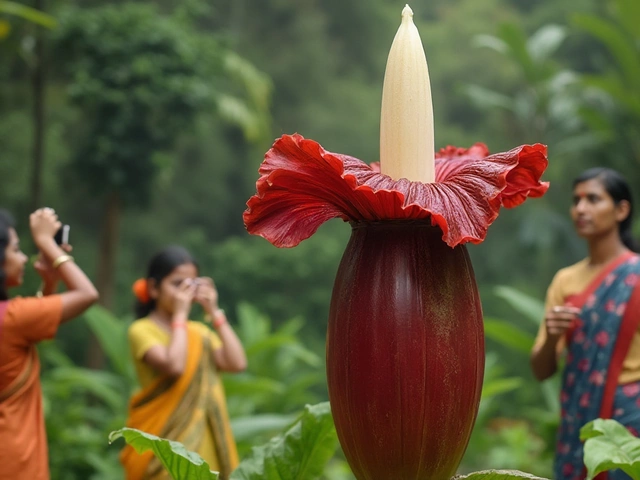

Best Fruit and Veg to Grow on a Balcony: Easy Choices for Fresh Harvests
By Alden Thorne May 1, 2025
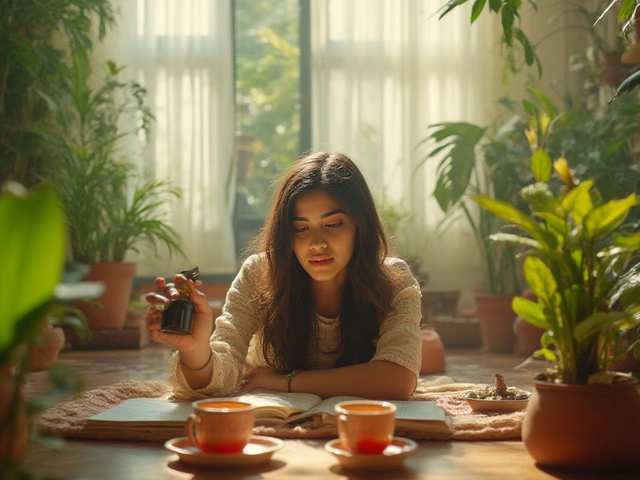
Do Houseplants Need Misting? Truths About Indoor Plant Humidity Care
By Alden Thorne Jul 26, 2025
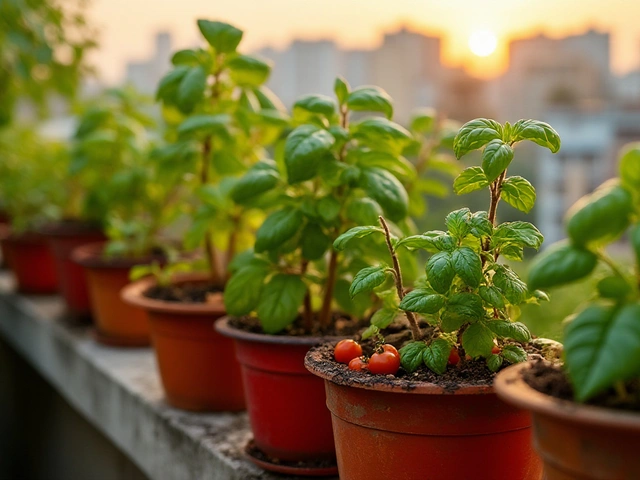
Best Vegetables to Cultivate in Pots for Your Balcony Garden
By Alden Thorne Dec 22, 2024

Write a comment